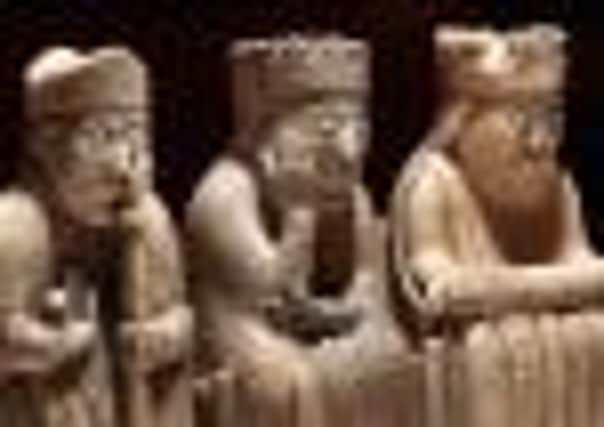Scottish Fact of the Day: origins of the Lewis Chessmen


Dating from the 12th century, they were thought to be the remains of at least four different complete chess sets. A total of 67 pieces were acquired by the British Museum in London, and a further 11 are on show in the Museum of Scotland (having been initially acquired by the National Museum of Scotland). The chessmen illustrate contemporary Norse characters, with the finely-detailed craftsmanship belying the usual view of the Vikings as raiders, pillagers and destroyers. The Hebridean islands (The Hebrides) were invaded by the Vikings during the 9th century, and were also settled extensively by Norwegian colonists. Following the defeat of King Haakon of Norway by King Alexander III in the Battle of Largs in 1263, the Western Isles passed to the Scottish king in 1266, under the Treaty of Perth.